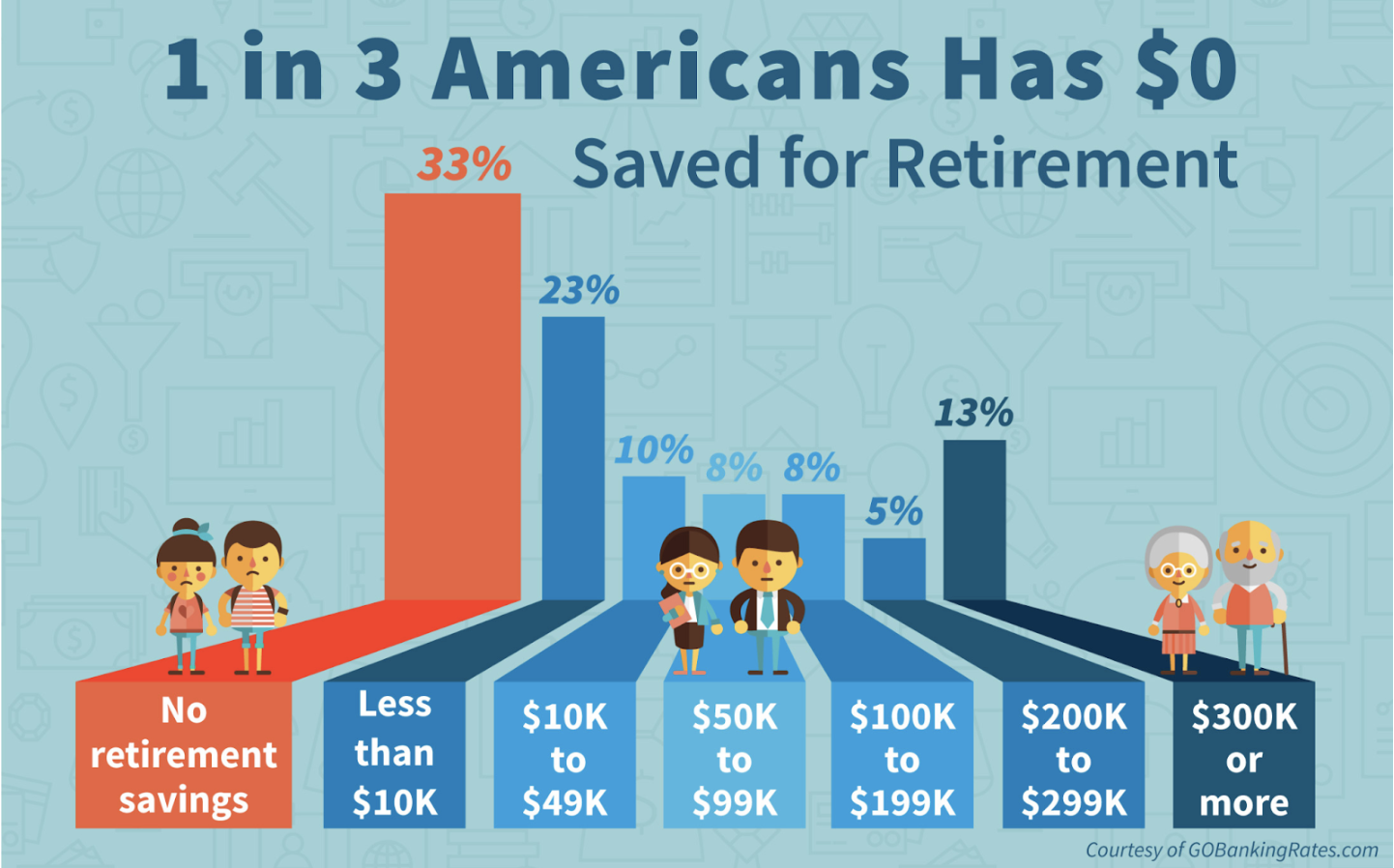
ALLY MINTZER – APRIL 9TH, 2020
EDITOR: CHAZEL HAKIM
Enlisting into the military is an appealing option for many young adults. Thanks to the GI Bill, which provides 36 months of tuition payments and housing allowances, the military can be an affordable path to college for many. For others, military service provides a stable, guaranteed income. Others feel a strong need to serve their country. Regardless of their reasons for enlisting, many veterans find difficulty transitioning back into the workforce and face higher levels of underemployment after returning from active duty.
Underemployment is the economic phenomenon of people holding jobs for which they are overqualified. According to University of Stirling economist David Bell and Dartmouth College economist David Blanchflower, underemployment, rather than unemployment, has led to lower, stagnating wages in the past decade. The two economists argue that although many workers following the 2007-2008 Recession wanted to work more hours, underemployment decreased their bargaining power, leading to a downward pressure on wages.
Veteran unemployment rests under the national unemployment rate at 3.5%. Yet, according to a study by LinkedIn, 33% of veterans are underemployed and are also 15.6% more likely to be underemployed than their civilian counterparts. Difficulty converting skills learned in the military to the workforce, a lack of professional networks outside of the military, and pitiful attitudes from the private sector towards veterans, who comprise 6% of the workforce, diminish their job prospects post-combat.
Joining the military requires rigorous physical and mental training. Joan Lynch, chief content and programming officer at the labor-focused non-profit WorkingNation, asserts that the government invests one million dollars in each service members’ training—yet none of them emerge with a professional degree. Even those who gain extensive knowledge on health and emergency responses from combat are not granted the necessary medical licenses required to work in healthcare at home and must undergo arduous licensing processes. Unlike in college, where students can choose which bachelor’s degree to earn, those enlisted in the military are often assigned specialties, and around 55% prefer to pursue another career after their service.
There is no concrete pathway for teaching veterans how to convert their one million dollars worth of training to positions in the domestic workforce. According to a study by Syracuse University’s Institute for Veterans and Military Families, veterans cited that their chief obstacle to obtaining employment was matching learned combat skills to the civilian workforce. The IVMF also noted that some research has concluded that enlisted personnel, upon entering the workforce, are among the most likely to see a decrease in earnings, with this disparity becoming more pronounced the longer they serve.
The hiring process also hampers veterans’ ability to obtain a job. About 70% of job seekers find a job through a referral or connection to a company. For veterans, their professional networks comprise 28% of veterans, compared to civilian networks that comprise 1.2% of veterans. Although understandable, the lack of connections to the civilian workforce still limits veterans’ opportunities.
Furthermore, although veterans tend to cluster in certain industries like defense, government administration, and aviation, 38 out of their top 50 most popular industries are less likely to hire them than their civilian counterparts. Cities that have a weaker prevalence of these industries, like San Francisco and New York City, are more likely to have fewer veterans. In addition, for many industries, the recruitment and hiring rates for veterans are wildly disproportionate. For instance, veterans are 30% more likely to be recruited by accounting firms, yet are 62% less likely to be hired.
In addition to the staggering employment discrepancies, it is widely known that because of the trauma they witness, many veterans also return home with mental health disorders. It is estimated that 20% of veterans suffer from PTSD or major depression, yet only half will receive the mental health treatment they deserve. The US Department of Veteran Affairs attests that veterans are 50% more likely to commit suicide than their civilian counterparts. Because of this stigma, many businesses consider hiring veterans a liability and do not perceive it as their responsibility. Andrew Hubbard, a member of the advocacy group Student Veterans of America, explains that many policy campaigns embraced the idea that hiring veterans was a charitable cause since they were “broken,” yet these initiatives became counterproductive as this “broken” identity of veterans overwhelmed hiring decisions.
ZipRecruiter chief economist Cathy Barrera and Georgetown law professor Phillip Carter note that there is no “quick fix” to veteran underemployment, yet the government and military can take steps to alleviate this labor market problem. Utilizing veteran employment health data (based on measures like performance and retention) to buttress partnerships with the private and non-profit sectors as well as expanding apprenticeships and training programs are ways to combat this post-combat labor problem.
Currently, various government bodies and firms are addressing veteran underemployment. In April of 2019, Arizona passed a bill that recognizes out-of-state licenses and removes some obstacles for obtaining Arizona licenses, addressing concerns as service members are 10 times more likely to move than civilian counterparts. In addition, in the most recent Department of Defense budget, Congress authorized a new program partnering with various colleges and healthcare systems so veterans can earn credit towards a Master’s degree and become a physician’s assistant. The private sector is also taking steps to alleviate the underemployment problem being faced by veterans. Multinational corporations like Microsoft and IBM have recently launched training programs where, upon graduation, veterans can receive an interview for a full-time position. There are also 46,000 registered veteran service organizations focused on efforts from veteran health to job transitioning.
Underemployment is a grave issue that lowers employment satisfaction and wages, contributing to the vast income inequality in our nation. Hopefully, these initiatives from the public and private sector will help the 20 million veterans, who risked and sacrificed so much, receive the type of job after combat they are oh-so qualified for.
Featured Image Source: Quartz at Work
Disclaimer: The views published in this journal are those of the individual authors or speakers and do not necessarily reflect the position or policy of Berkeley Economic Review staff, the Undergraduate Economics Association, the UC Berkeley Economics Department and faculty, or the University of California, Berkeley in general.



